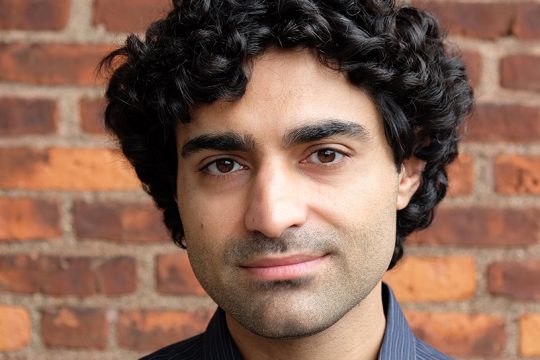Mechanisms of gradient sensing and chemotaxis are conserved in mammalian leukocytes and Dictyostelium amoebae. Both cells use G protein linked signaling pathways. PH domains specific for PtdIns(3,4)P2 and PtdIns(3,4,5)P3 bind to the membrane at the leading edge of the...
Background and Summary: Epithelial cells in a tissue live a crowded life connected to, and interacting with, other cell types, the extracellular matrix, and diverse signaling molecules. A fundamental question in biology is: how do the constituent cells of an...
The growing crisis in antibiotic resistance necessitates a complete molecular understanding of the mechanisms and regulation of bacterial growth and replication to inform development of new drugs. Our laboratory aims to elucidate the mechanisms bacteria use to grow and...
My laboratory focuses on developing novel single-molecule imaging tools in live cells to probe various dynamic aspects of cellular processes. We develop single-molecule gene expression reporting systems and chromosomal DNA conformation markers to probe the dynamics of gene regulation...
Multi-cellular living organisms grow from single cells into multicellular, complex systems composed of highly diverse cell-types organized into tissues, which in turn form organs and organ systems. To organize and maintain this complex architecture, the organism must undergo constant...
My laboratory is interested in the molecular mechanisms by which cells interpret signals from their environment that instruct them to proliferate, differentiate, or die by apoptosis. This process is of fundamental importance in the development and function of the...
Our research seeks to better understand dynamical biological processes, such as embryonic development and brain activity, by recording cells’ experiences in their genomes. To accomplish this objective, we develop: (A) molecular technologies that write cellular experiences into their nucleic...
The central theme of my research is to understand how mechanical actions feedback to biochemical pathways in cellular processes, and how such mechanochemical crosstalk among key cellular players governs spatial-temporal regulation and shapes cell functions. I confront these challenges...
MECHANOTRANSDUCTION AND AUDITORY PERCEPTION Hair cells in the inner ear are mechanosensors for the perception of sound and head movements. Sound signals directly activate mechanically gated ion channels in hair cells, leading to hair cell depolarization and the release...









